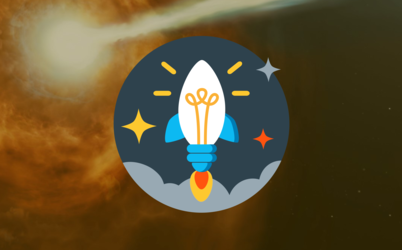Funding the future of European space through OSIP
What do high-power lasers, new 'supermirrors', and a virtual reality mission control room have in common? They can all be found among the topics of the 93 research and development activities funded by ESA's Discovery element between January and June 2022.
ESA set up the Open Space Innovation Platform (OSIP) to discover and invest in new unconventional ideas that could greatly benefit and advance European space industry and academia.
Here, the minds behind six of the projects funded between January and June 2022 tell us about their projects, motivations and goals, as well as the ways in which ESA Discovery funding is helping them take their activity to the next level.
Earth's surface meets the Internet of Things
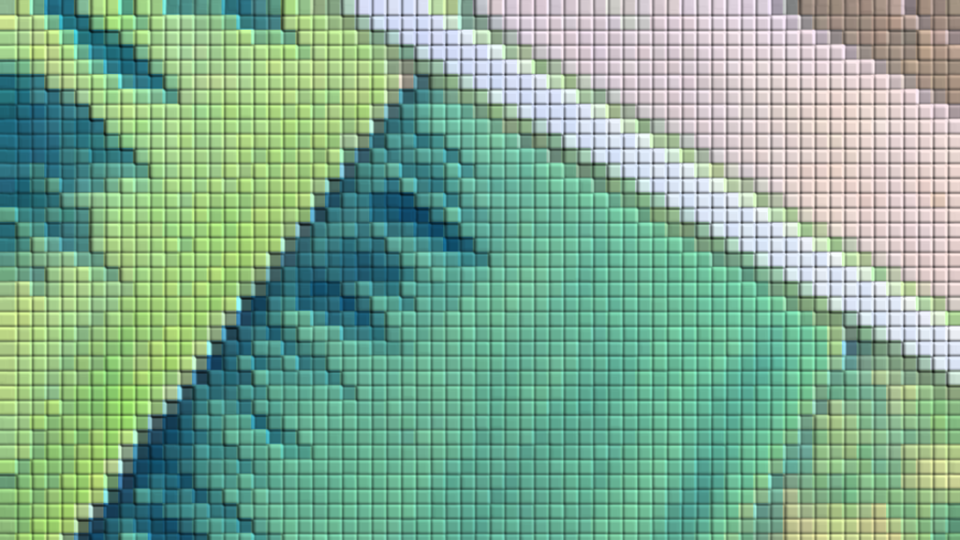
Useful Earth observation data are available for every square metre of Earth's surface, but they are not always easy to access in order to design and implement new services and business ideas. A team from the Linz Center of Mechatronics, Austria, is combining Earth observation (EO) and the Internet of Things (IoT) using a grid-based approach to give every part of Earth's surface a 'Pixel Twin'.
Each Pixel Twin will be a gateway to access all the data available from Earth observation portals associated with that piece of Earth's surface. They will live within the EU's FIWARE IoT framework, which brings together data sources with the services built on top of them.
"We envision a world in which you can communicate with every fragment of Earth's surface, by addressing its Pixel Twin. Furthermore, the combination of EO and IoT data improves data quality and enables new fields of application," says Leander Hörmann, from the Linz Center of Mechatronics.
"Pixel Twins would become a part of our economy. They could also provide or demand services themselves: if a Pixel Twin of an agricultural field notices that it is too dry, for example, it could request irrigation."
"The funding from ESA Discovery has allowed us to develop the concept and the algorithms needed for the integration of EO data with IoT data as well as to have a look at a broad range of use cases that could benefit."
"Projects such as Pixel Twin are paving the way to enhanced monitoring of Earth by combining Earth observation data and in situ information in a standardised, automated way. The Pixel Twin team is exploring use cases such as precision farming and solar energy production, which help ESA support sustainability and the transition to a greener future," says Bertrand Le Saux, ESA digital technologies engineer overseeing the project.
High-power lasers go the distance
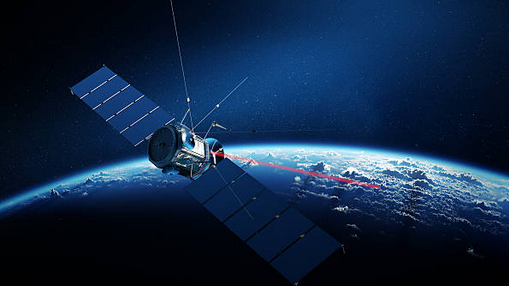
Communication with satellites is essential for sending them commands and receiving the important data they collect, whether about Earth's climate, distant stars or nearby planets, moons and asteroids.
But the amount of data that can be exchanged with satellites over long distances is limited by modern radio and laser communication technology. In this project, a team from Crytur in the Czech Republic is developing new high-energy lasers operating at Short-Wave InfraRed (SWIR) wavelengths to achieve more stable communication at higher data rates, even with satellites far away in deep space.
"Although we are in the development phase and are not targeting the high-level Technology Readiness Level in the current phase of the project, we can say the SWIR laser solution is lightweight and compact enough to be carried by small satellites," says Antonin Fajstavr, from Crytur. "The laser propagates through Earth's atmosphere better than standard systems and requires less power. It can also operate day or night, even when there is cloud cover. All of this will improve communication with the satellites in orbit around Earth or exploring distant worlds."
"The funding from ESA Discovery has allowed us to work on the 2.1-micrometre (micron) wavelength laser spectrum band, which is challenging as it is still not yet fully investigated and experimentally covered with standard commercial laser applications. 2.1-micron wavelength lasers could introduce benefits such as better stability and energy efficiency of the communication chain between Earth and the satellites. ESA Discovery funding allows us to quantify the user benefits of such lasers with measurements and make the 2.1-micron wavelength interesting and more accessible also for other potential uses."
"Optical communications in space and between space and ground are not novel but they are in a fast-expanding phase. The novelty of this project is the use of 2.1-micron laser with some associated advantages," says ESA engineer Nicolas Thiry.
AI keeps an eye on Earth
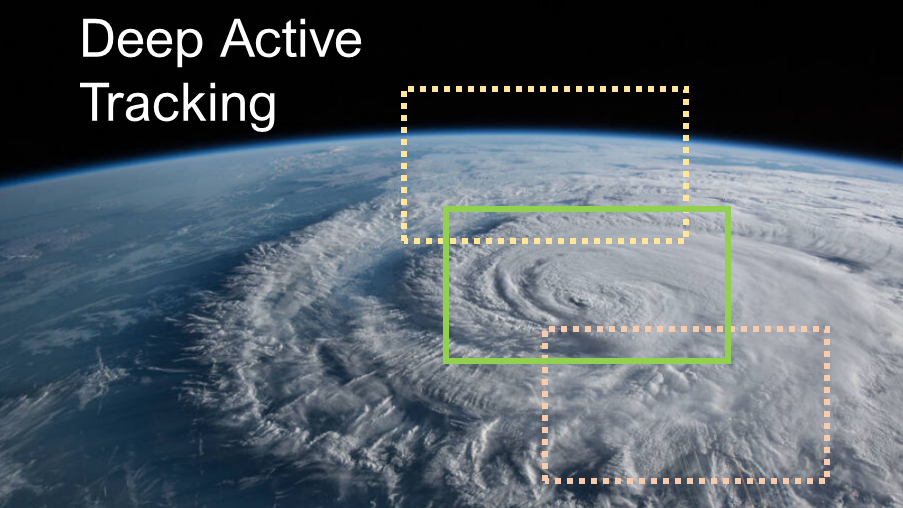
Artificial intelligence (AI) is used to analyse satellite imagery for many different reasons. But why not go one step further? A team from Adática Engineering in Spain is working to develop an AI-based system that will learn how to control ESA's OPS-SAT satellite and actively track interesting features on the surface of Earth with OPS-SAT's camera.
The team will develop two different AI systems and upload them to the experimental ESA satellite. The first will process the images taken using OPS-SAT's camera to detect interesting targets. It will then pass the location of these features on to a second algorithm that will decide how to rotate the spacecraft to keep the target centred in the camera's field of view.
"AI is destined to boost the development of a new generation of systems that will get more from current hardware, and even overcome the performance of those systems now offered in the market of space applications," says Félix Ramón López Martínez, Adática innovation manager.
"The funding from ESA Discovery allows us to develop a prototype and measure its performance on the OPS-SAT platform," highlights Félix. "From that point onwards, our AI-based system could be adapted to pave the way for upgrades to the tracking capabilities of other satellites too. Eventually, it would also demonstrate the potential of a new generation of AI-based systems that can get more out of current 'commercial off-the-shelf' elements at a lower cost in areas as diverse as Earth observation, space exploration or security."
ESA OPS-SAT manager David Evans adds: "At ESA, we want to encourage the European space industry to test their innovations in orbit and build confidence in their ideas at as early a stage as possible. Access to OPS-SAT and the funding from ESA Discovery are the perfect way to make that happen."
Mission control goes virtual

Fundamentally, Mission Control Rooms (MCRs) have not changed much since the dawn of the space age: experts sit at workstations arranged in rows in front of a host of displays and audio equipment. It's time to innovate.
Today, it is neither necessary nor advisable to force people to physically be in the same room to work together. A team from the Julius Maximilian University of Würzburg in Germany wants to transfer the MCR into virtual reality. Each virtual MCR (VMCR) user will be able to configure their own virtual space, including an individual workspace and display setup.
Users will be able to move freely and interact with the VMCR using head movements and gesture recognition as well as conventional input devices. Several operators will be able to interact and collaborate using text chat, integrated audio connections, and avatars. The VMCR implementation will also feature standard collaborative tools such as virtual reality whiteboards, file sharing, and a self-hosted wiki for documentation.
"Working together in virtual reality will not only be immersive and interesting, but also productive," says Michael Strohmeier, from Julius Maximilian University.
"The funding from ESA Discovery has allowed us to fully focus on transforming the VMCR into a truly collaborative environment for mission control," adds his colleague, Felix Sittner.
ESA engineer Sebastian Martin concludes: "To us, such a solution could not only provide more flexibility, but also allow us to work even closer across our Member States. Strategically, we aim to extend distributed operations capabilities, and virtual workspaces and collaboration areas can form an important part in this."
New materials for laser supermirrors
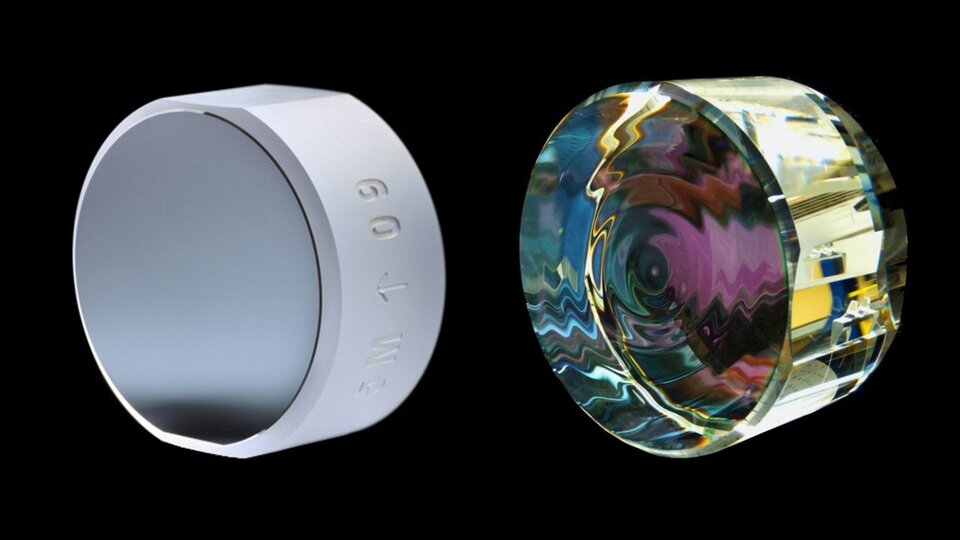
Many of today's most precise measurement methods, such as atomic clocks, rely on ultra-stable laser sources. But the mirrors currently used in modern systems that are used to control the laser still limit the laser's stability.
Mirrors created using layers of semiconductors can perform up to ten times better for ultra-stable laser systems using a laser wavelength in the near infrared. These 'supermirrors' have already been implemented in an ongoing ESA project, and meet the requirements of upcoming ESA missions such as LISA.
However, these state-of-the-art semiconductor coatings absorb an increasing amount of the laser light for wavelengths below 870 nm, and so are currently limited to the longer-wavelength infrared lasers.
"We are working to extend the wavelength range of semiconductor mirror coatings into the visible region by investigating new combinations of semiconductor materials and optimising their absorption and scattering characteristics for red light," says Roman Bek, from Twenty-One Semiconductors in Germany.
"The funding from ESA Discovery has allowed us to explore an even more challenging wavelength domain which is of key importance for the implementation of optical frequency standards. These devices are based on quantum forbidden transitions which lie in the visible part of the electromagnetic spectrum, achieving orders of magnitude enhancement in performance over the ubiquitous radio frequency (non-optical) transitions."
For ESA, "this activity meets the strategic needs and goals of future missions in Earth science (MAGIC), telecommunications, navigation and future science applications such as AEDGE in the Voyage 2050 programme," says ESA laser and opto-electronics engineer Eamonn Murphy.
Modelling the ground segment

A satellite mission's ground segment consists of all the ground-based elements used to operate a satellite, such as the ground stations used to communicate with the spacecraft, the mission data systems and the teams at the mission operations centre.
Modelling the ground segment more comprehensively early on in a mission's design phase could help the mission designers make more efficient trade-offs when balancing different needs and limitations and help them better assess the feasibility of innovative new concepts.
In this study, a team from RHEA Group is exploring how to facilitate digitalisation of the ground segment and operations engineering disciplines and integrate them into early phase concurrent design activities. The study is accounting for cutting-edge developments in the field and looking at how these can be used to effectively model the relevant engineering artefacts, whilst facilitating exchange with ESA's Concurrent Design Facility.
"This activity is fully aligned with the strategic goal of digital transformation for space systems mandated by ESA Agenda 2025, which aims at improving efficiency across all dimensions of space system development: disciplines, life cycle and supply chain," says ESA operations data system manager Marcus Wallum.
"The funding from ESA Discovery has allowed us to explore options for extension and integration of digital engineering platforms, including the Concurrent Model-based Engineering Tool (COMET) and Ground Segment Engineering Framework (GSEF), whilst accounting for and building knowledge on future system modelling standards. Exploring and demonstrating the options to capture digital models in place of previously documented engineering and operation concept deliverables paves the way for achieving routine application of digital engineering techniques," says Nieves Salor Moral from RHEA Group.
Discover more about ESA's Open Space Innovation Platform, including how you can submit your own ideas, via our dedicated webpage.















 Germany
Germany
 Austria
Austria
 Belgium
Belgium
 Denmark
Denmark
 Spain
Spain
 Estonia
Estonia
 Finland
Finland
 France
France
 Greece
Greece
 Hungary
Hungary
 Ireland
Ireland
 Italy
Italy
 Luxembourg
Luxembourg
 Norway
Norway
 The Netherlands
The Netherlands
 Poland
Poland
 Portugal
Portugal
 Czechia
Czechia
 Romania
Romania
 United Kingdom
United Kingdom
 Slovenia
Slovenia
 Sweden
Sweden
 Switzerland
Switzerland




























